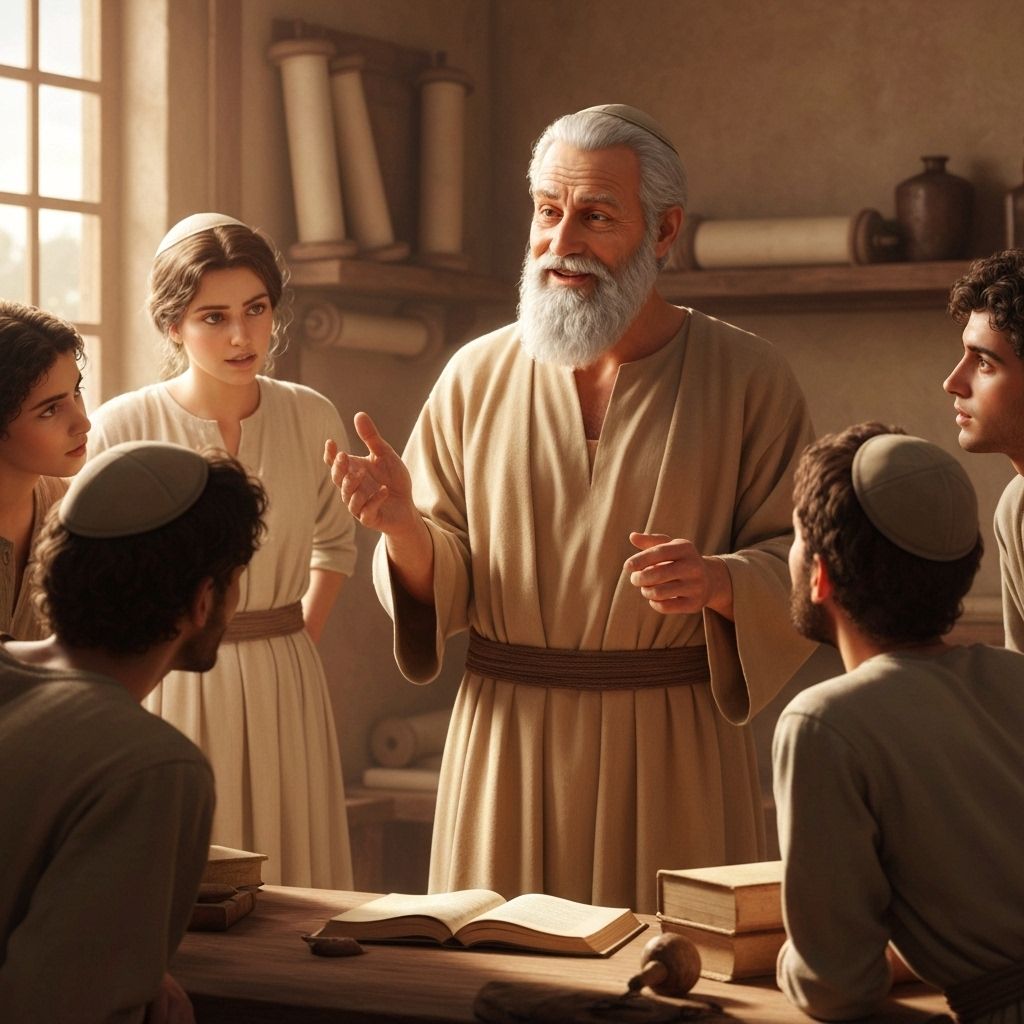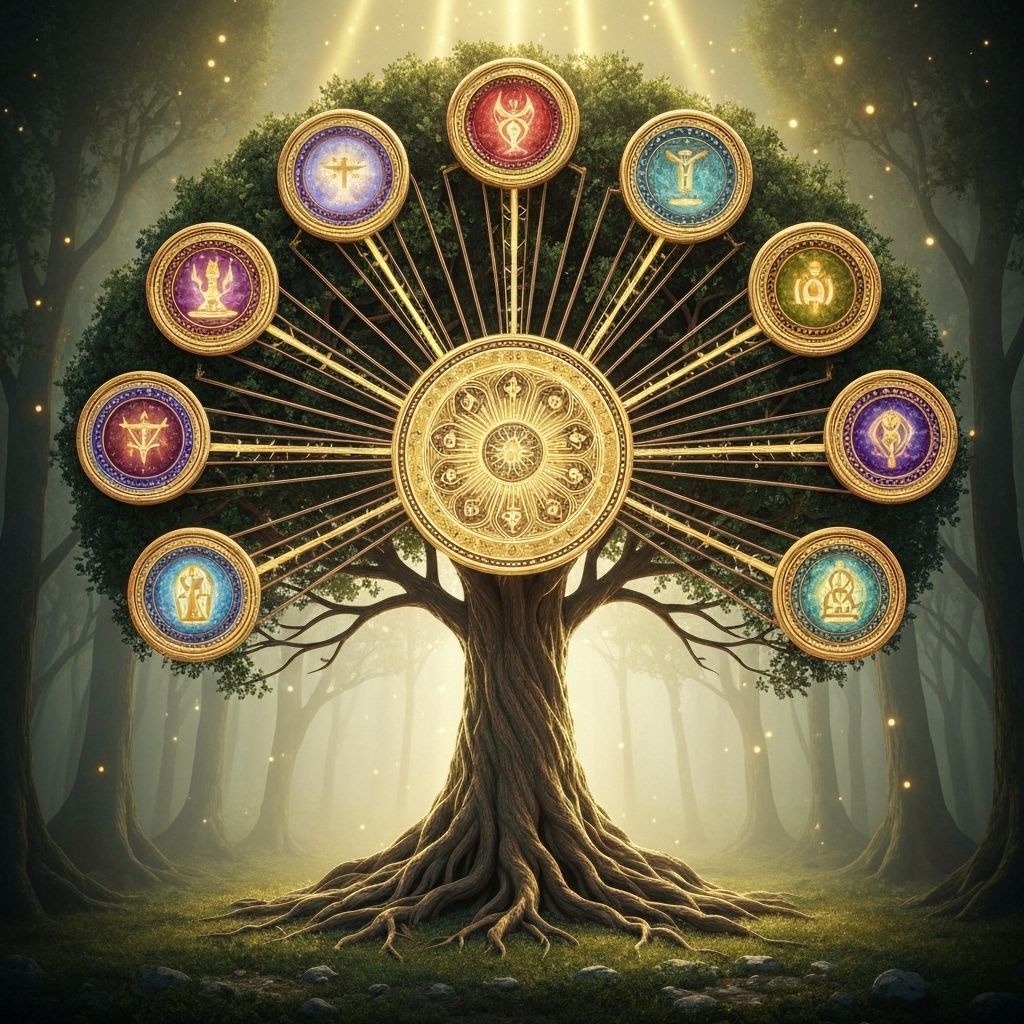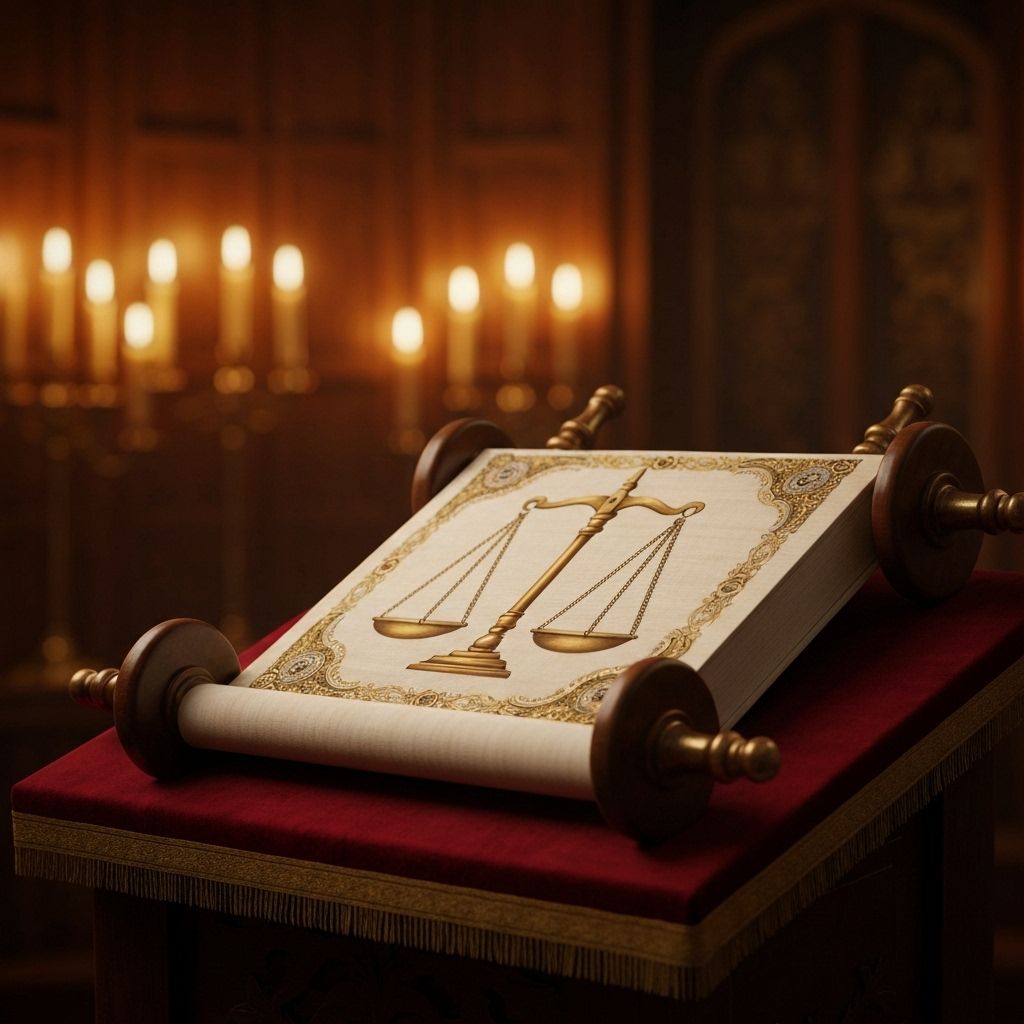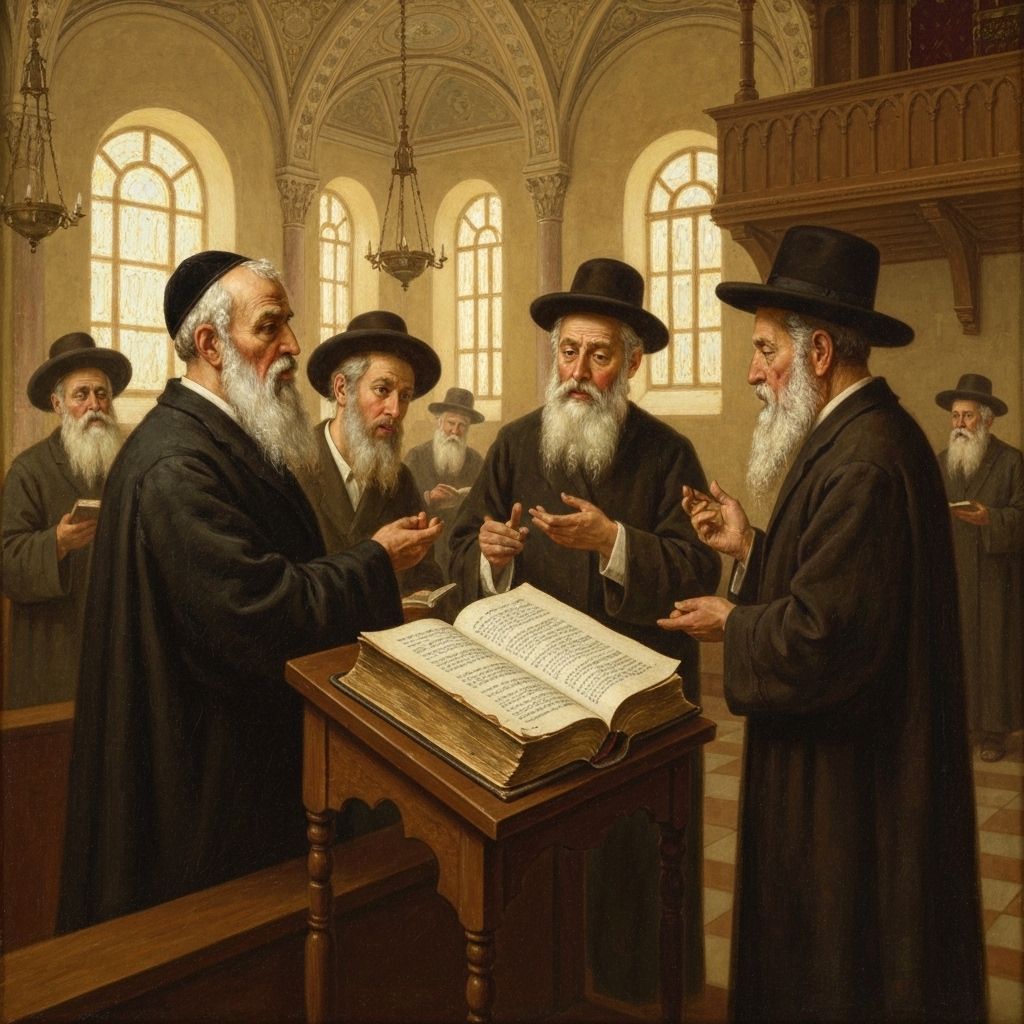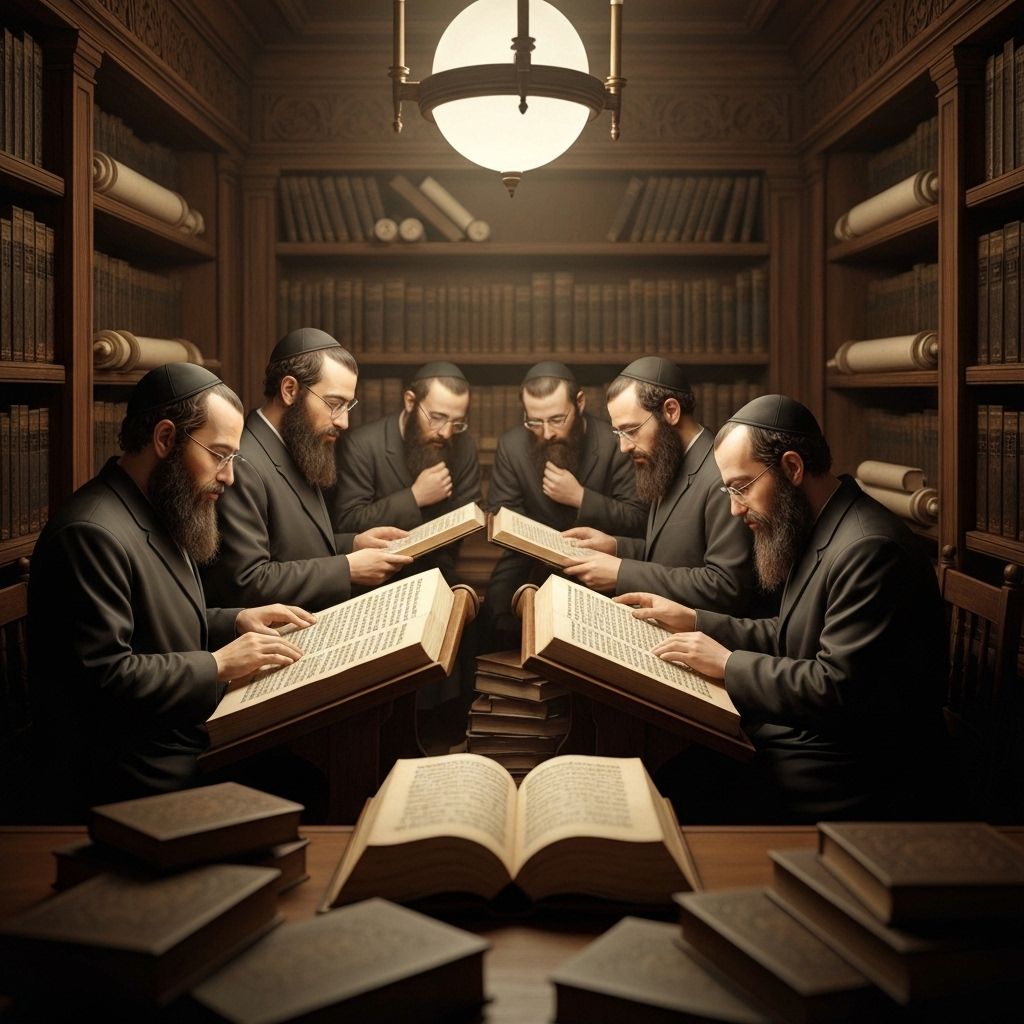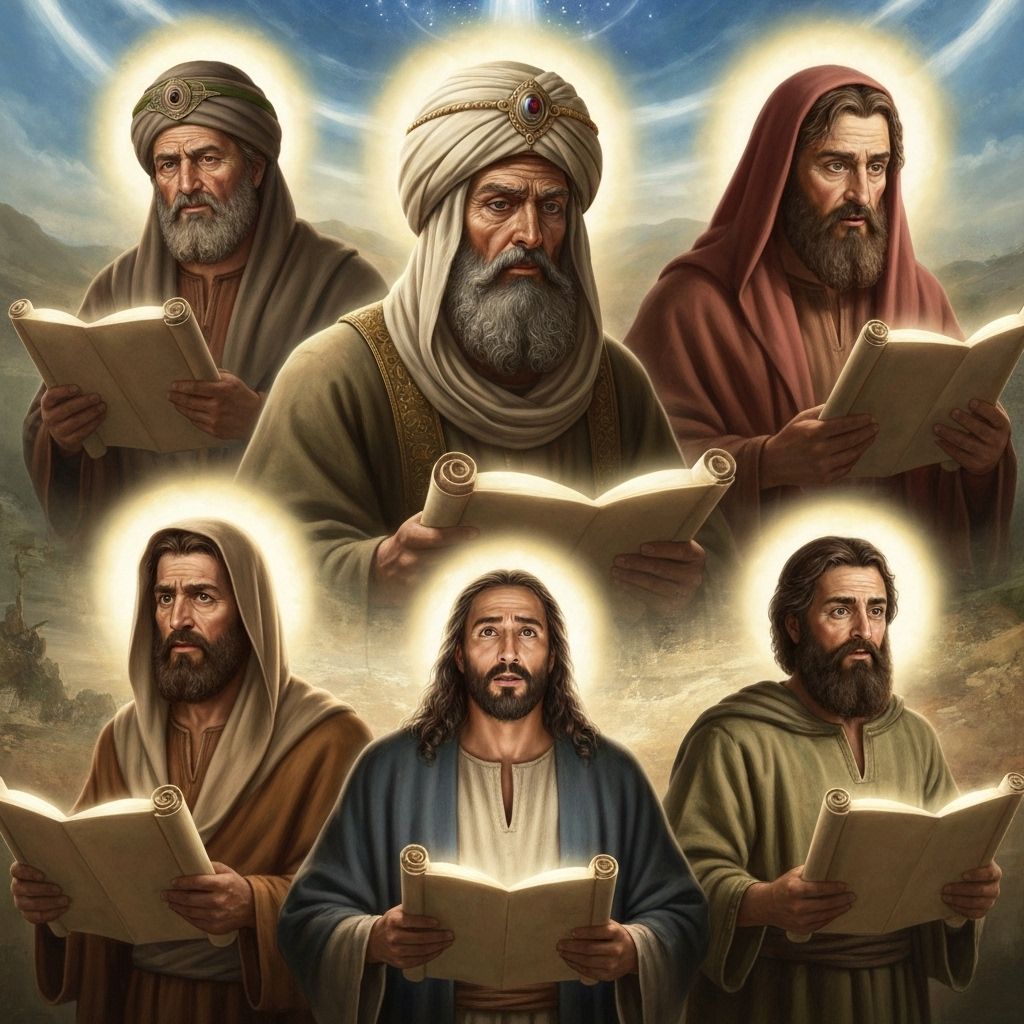3-Minute Summary
The Words of the Torah Explained with Help from Rashi and Ramban
Rashi (1040-1105) was a medieval French rabbi whose commentary on the Torah and Talmud is considered essential reading. His explanations focus on the plain meaning of the text and are known for their clarity and accessibility.
Ramban (1194-1270) was a Spanish rabbi, physician, and philosopher who provided deeper mystical and philosophical insights into the Torah, often building upon Rashi's work while adding his own profound interpretations.
Parsha Pinchas begins with Pinchas' dramatic act of zealotry. When Zimri, a prince of Simeon, publicly consorts with Kozbi, a Midianite woman, bringing idolatry into the camp, Pinchas kills them both with a spear, stopping a divine plague that had already killed 24,000 Israelites.
God rewards Pinchas with 'a covenant of peace' (brit shalom), showing that true zealotry leads to peace, not violence. The parsha then describes a new census of the Israelites, counting the generation that will enter the Land of Israel.
The inheritance laws address the case of the daughters of Zelophehad, establishing that women can inherit when there are no male heirs, ensuring property rights and family continuity. This becomes a cornerstone of Jewish inheritance law.
The parsha concludes with Joshua's appointment as Moses' successor, establishing the principle of leadership succession and the importance of preparing the next generation.


